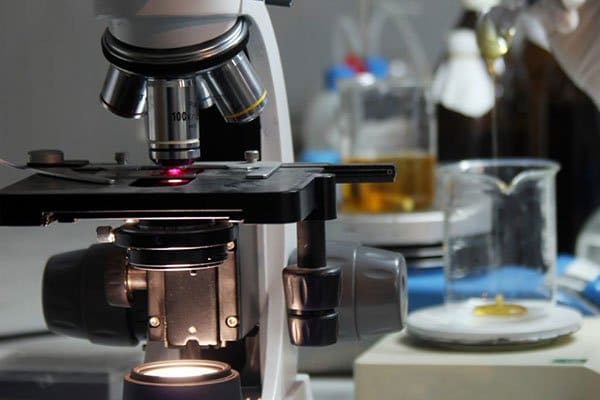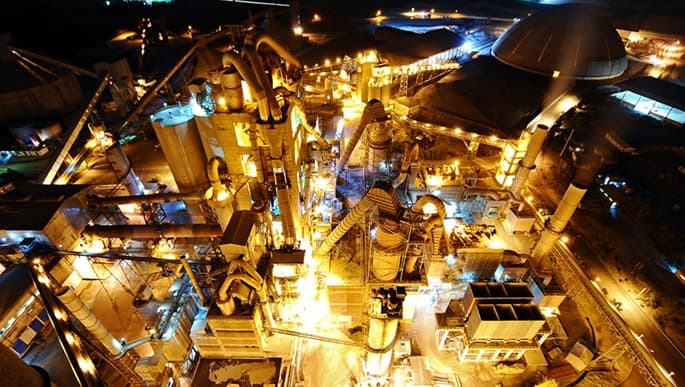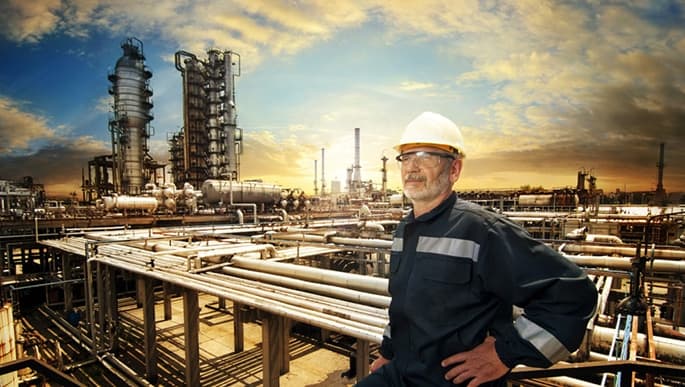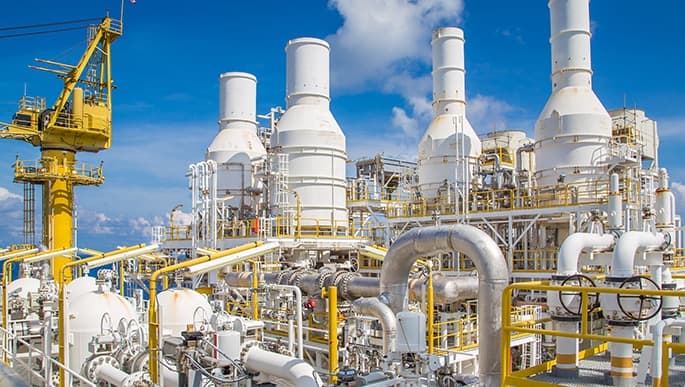HOUSTON, Texas – (Business Wire) October 30th, 2018 – PetrolinkUSA and Cogen Cleaning Technology have joined forces to expand the current platform of industrial reliability and global pre-commission services. The new name of the holding company for the two brands is Reliable Industrial Group (http://www.therigteam.com).
Bringing together PetrolinkUSA and Cogen Cleaning Technology will expand the geographic footprint to better serve the global precommissioning and reliability services market by allowing quick response for operations and engineering execution with the largest fleet of pre-commissioning and reliability service equipment in the industry. The RIG strategy will be focused on bringing in proven processes, training and technology to expand market share, and deliver reliable services to a broad range of global customers.
Cogen Cleaning Technology (http://www.cogencleaning.com/) provides a complete range of pre-commission cleaning needs, including; Steam Blows of headers, boilers, HRSG’s and process lines, Airblows of HRSG’s, boilers, and process equipment, Gas Line Air Blows on underground and above ground piping up to all users, Hydrolazing of piping systems, ACC’S and vessels, Hydrostatic Testing of all vessels, piping and pressure parts, Circulating Degreasing & Citric Acid Cleaning of HRSG’s, boilers and piping, Circulating Degreasing of HRSG’s and Boilers, Line Purging, ACC steam Flushing, Oil Flushing of all rotating equipment, Surge Flushing of process lines and Vaporphase Flushing
Gregg Alper, President and Owner of Cogen Cleaning Technology is recognized as a proven industry leader with over 25 years of experience planning and engineering global pre-commissionining projects. “Adding Cogen Cleaning Technology to the RIG service platform meets the market request to be a single source engineered pre-commissioning and reliability services company. Cogen Cleaning Technology is the global market leader with a proven track record of executing large scale pre-commission projects,” said Gregg Alper.
“We are happy to have Gregg and his team join our platform of companies. Mr. Alper is a managing partner and directly involved with all aspects of the combined companies. This service expansion puts our customers first, by forming a single source on-track, on-budget, critical path, engineered solution provider. Gregg and his team will be a valued part of our continued growth,” said Jason A. Bandy.
About PetrolinkUSA, LLC
PetrolinkUSA (www.petrolinkusa.com) has locations throughout the U.S., with primary service operation in Houston, Texas, PetrolinkUSA performs technically advanced oil flushing, chemical cleaning and other emergency decontamination services to guarantee system cleanliness on critical turbine, compressor and hydraulic systems in the US, Canada and Mexico. The company was founded in 1989 and is experiencing consistent growth by providing the market with technically trained operators and engineers. For more information please call 800-770-4510 or contact [email protected]


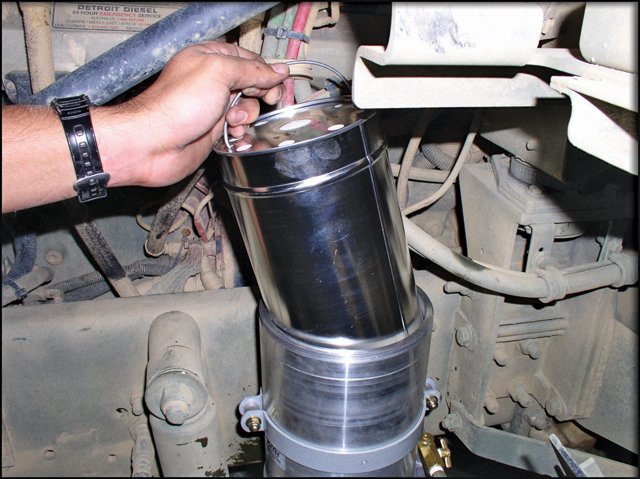
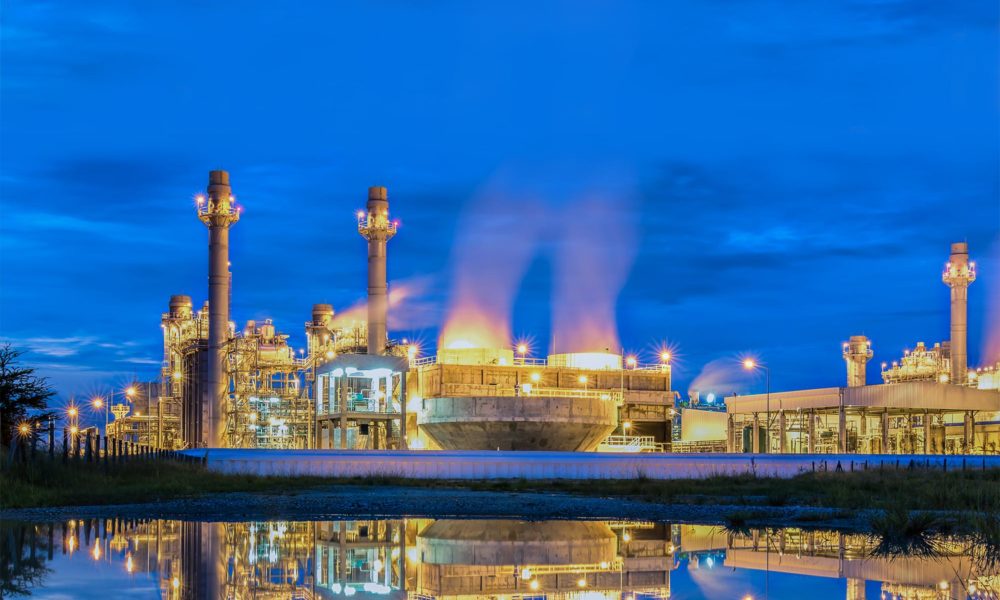

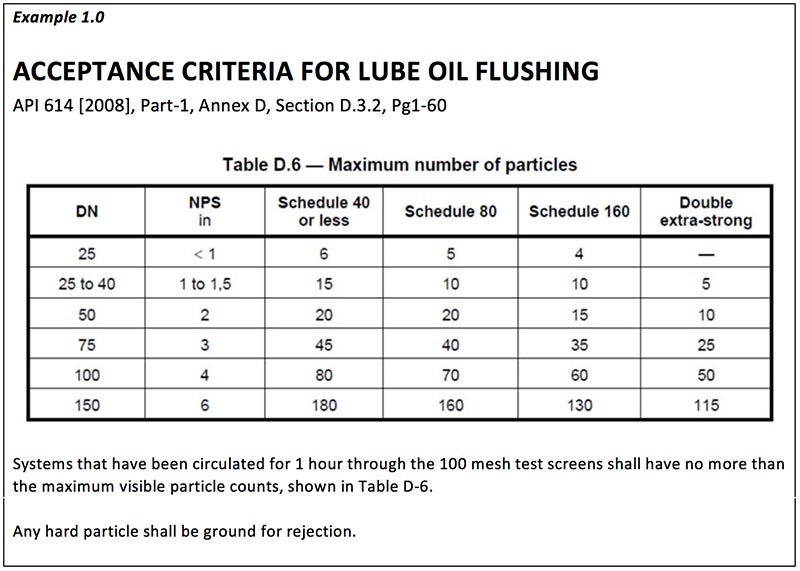
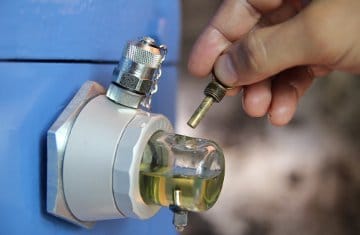
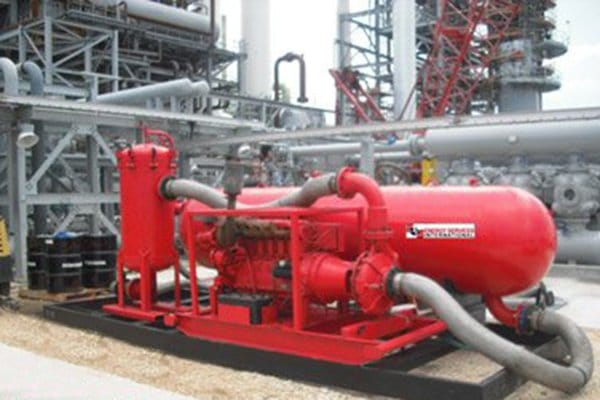
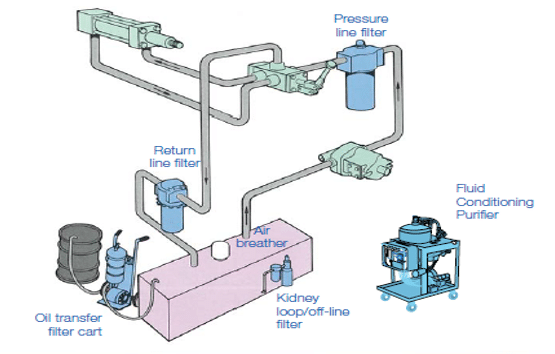 The key to a good temporary filtration system is selecting the right filters and setup. There are several key factors to consider to ensure you get effective filters that work with your system:
The key to a good temporary filtration system is selecting the right filters and setup. There are several key factors to consider to ensure you get effective filters that work with your system: